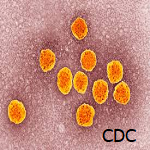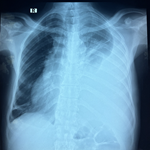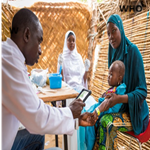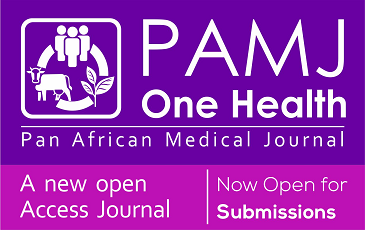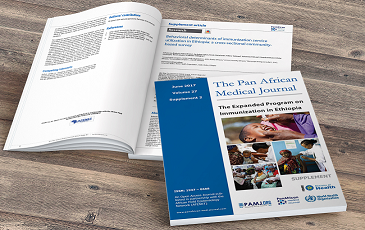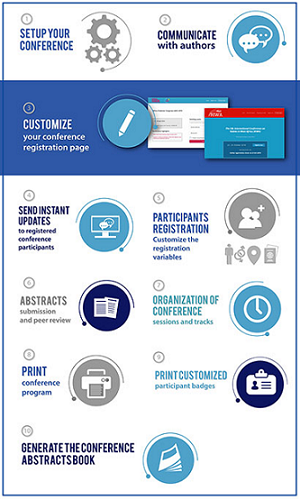Limited joint mobility syndrome: a striking clinical sign not to be missed
Naushad Abid, Hamzah Naushad Siddiqui
Corresponding author: Naushad Abid, Department of Internal Medicine, College of Medicine, King Faisal University, Hofuf, Saudi Arabia 
Received: 14 Apr 2025 - Accepted: 18 Apr 2025 - Published: 22 Apr 2025
Domain: Endocrinology,Rheumatologist
Keywords: Limited joint mobility syndrome, diabetes, microvascular complications
©Naushad Abid et al. Pan African Medical Journal (ISSN: 1937-8688). This is an Open Access article distributed under the terms of the Creative Commons Attribution International 4.0 License (https://creativecommons.org/licenses/by/4.0/), which permits unrestricted use, distribution, and reproduction in any medium, provided the original work is properly cited.
Cite this article: Naushad Abid et al. Limited joint mobility syndrome: a striking clinical sign not to be missed. Pan African Medical Journal. 2025;50:106. [doi: 10.11604/pamj.2025.50.106.47598]
Available online at: https://www.panafrican-med-journal.com//content/article/50/106/full
Images in clinical medicine 
Limited joint mobility syndrome: a striking clinical sign not to be missed
Limited joint mobility syndrome: a striking clinical sign not to be missed
&Corresponding author
Limited joint mobility syndrome (LJMS) of the hands and fingers, also called cheiroarthropathy, is characterized by painless hand and finger stiffness. It is an under-recognized condition often associated with diabetes-related complications. We present a case of a 65-year-old male with a 20-year history of type 2 diabetes who came to a general practitioner four years ago with progressive hand stiffness. He was prescribed only analgesics. Two years later, he began to experience shortness of breath and lower limb pitting edema and was ultimately diagnosed with ischemic cardiomyopathy. Examination revealed features of heart failure, an inability to approximate the palmar surfaces of the hands referred to as the “prayer sign,” and tightened skin on the dorsal and palmar aspects of the hands. Laboratory tests showed elevated B-type natriuretic peptide (BNP) and proteinuria. We diagnosed limited joint mobility syndrome secondary to long-standing diabetes complicated by microvascular issues. We believe our patient had subclinical atherosclerosis at the time of his initial presentation four years ago, and timely recognition and evaluation could have prevented or delayed the onset of later complications. A cross-sectional study also found high carotid intimal-media thickness (IMT) and plaque scores in patients with LJMS of the hands, highlighting the importance of identifying LJMS. Timely screening of the musculoskeletal system in diabetes may delay or prevent further complications.
Figure 1: prayer sign in limited joint mobility syndrome





